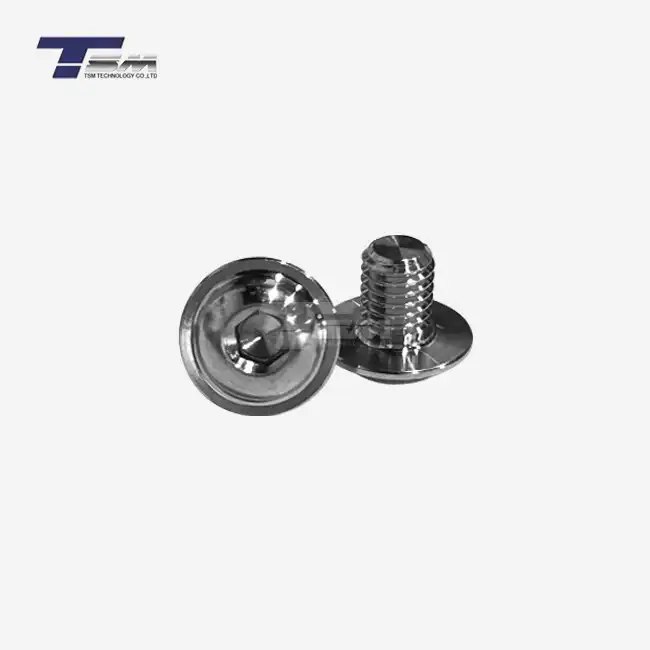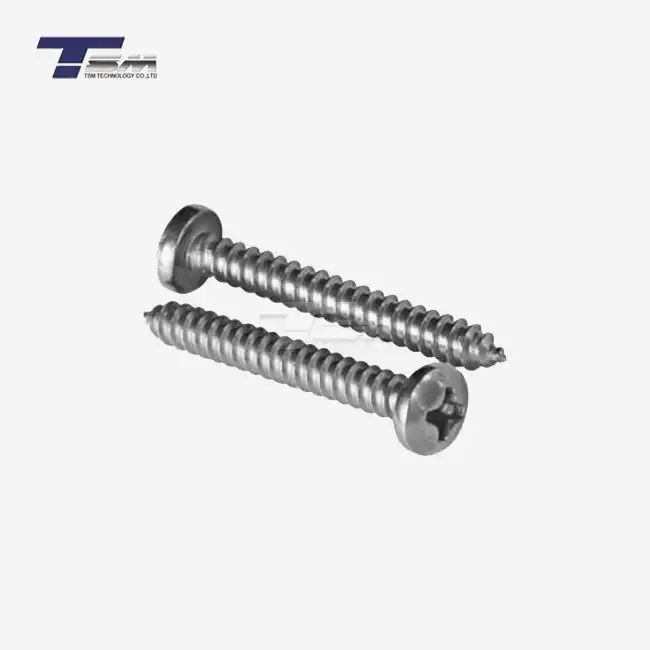- English
- French
- German
- Portuguese
- Spanish
- Russian
- Japanese
- Korean
- Arabic
- Greek
- German
- Turkish
- Italian
- Danish
- Romanian
- Indonesian
- Czech
- Afrikaans
- Swedish
- Polish
- Basque
- Catalan
- Esperanto
- Hindi
- Lao
- Albanian
- Amharic
- Armenian
- Azerbaijani
- Belarusian
- Bengali
- Bosnian
- Bulgarian
- Cebuano
- Chichewa
- Corsican
- Croatian
- Dutch
- Estonian
- Filipino
- Finnish
- Frisian
- Galician
- Georgian
- Gujarati
- Haitian
- Hausa
- Hawaiian
- Hebrew
- Hmong
- Hungarian
- Icelandic
- Igbo
- Javanese
- Kannada
- Kazakh
- Khmer
- Kurdish
- Kyrgyz
- Latin
- Latvian
- Lithuanian
- Luxembou..
- Macedonian
- Malagasy
- Malay
- Malayalam
- Maltese
- Maori
- Marathi
- Mongolian
- Burmese
- Nepali
- Norwegian
- Pashto
- Persian
- Punjabi
- Serbian
- Sesotho
- Sinhala
- Slovak
- Slovenian
- Somali
- Samoan
- Scots Gaelic
- Shona
- Sindhi
- Sundanese
- Swahili
- Tajik
- Tamil
- Telugu
- Thai
- Ukrainian
- Urdu
- Uzbek
- Vietnamese
- Welsh
- Xhosa
- Yiddish
- Yoruba
- Zulu
What is Solid Solution? Why do Nickel Alloy/Superalloy need Solution Treatment?
Solid solution is a fundamental concept in materials science, particularly crucial in the realm of nickel alloys and superalloys. It refers to a homogeneous mixture where one element dissolves into the crystal lattice of another, forming a single-phase material. This process is pivotal for nickel alloys and superalloys as it enhances their mechanical properties and performance. Solution treatment, a heat treatment process, is essential for these materials to achieve optimal solid solution characteristics. By heating the alloy to a specific temperature and then rapidly cooling it, solution treatment ensures uniform distribution of alloying elements, dissolves unwanted phases, and prepares the material for subsequent aging treatments. This process is crucial for developing the exceptional strength, corrosion resistance, and high-temperature performance that make nickel alloys and superalloys indispensable in demanding applications across various industries.
Understanding Solid Solutions in Nickel Alloys
The Fundamentals of Solid Solutions
Solid solutions are a cornerstone of metallurgy, playing a pivotal role in the development of advanced materials, such as nickel alloys. At its core, a solid solution occurs when atoms of one element (solute) are integrated into the crystal lattice of another element (solvent) without forming a separate phase. This integration can happen in two ways: substitutional solid solutions, where solute atoms replace solvent atoms in the lattice, and interstitial solid solutions, where smaller solute atoms fit into the spaces between larger solvent atoms. In nickel alloys, both types of solid solutions contribute to their exceptional properties.

Characteristics of Solid Solutions in Nickel-based Materials
Nickel alloys exhibit remarkable characteristics due to their solid solution nature. The face-centered cubic (FCC) crystal structure of nickel allows for significant solubility of various alloying elements. This solubility enables the creation of alloys with diverse properties tailored for specific applications. The presence of solid solutions in nickel alloys contributes to their superior strength, enhanced ductility, and improved resistance to oxidation and corrosion. Moreover, the solid solution strengthening mechanism, where dissolved atoms create local stress fields in the crystal lattice, significantly boosts the alloy's mechanical properties.
Impact of Solid Solutions on Alloy Properties
The formation of solid solutions profoundly influences the properties of nickel alloys. By introducing various elements into the nickel matrix, manufacturers can fine-tune characteristics such as yield strength, creep resistance, and thermal stability. For instance, the addition of elements like chromium and molybdenum enhances corrosion resistance, while aluminum and titanium contribute to the formation of strengthening precipitates during heat treatment. The solid solution also plays a crucial role in maintaining the alloy's stability at elevated temperatures, a key requirement for superalloys used in turbine engines and other high-temperature applications.
The Necessity of Solution Treatment for Nickel Alloys
Purpose and Principles of Solution Treatment
Solution treatment is a critical heat treatment process for nickel alloys and superalloys, designed to optimize their microstructure and properties. The primary purpose of this treatment is to dissolve precipitates and secondary phases into the matrix, creating a homogeneous solid solution. This process typically involves heating the alloy to a temperature near its melting point, holding it for a specified duration, and then rapidly cooling or quenching. By doing so, solution treatment effectively "resets" the alloy's microstructure, preparing it for subsequent aging treatments or immediate use in high-performance applications.
Effects of Solution Treatment on Microstructure
The impact of solution treatment on the microstructure of nickel alloys is profound. During the high-temperature phase, alloying elements that may have segregated or formed undesirable phases during casting or previous processing are redistributed uniformly throughout the matrix. This redistribution eliminates compositional inhomogeneities and dissolves most secondary phases, resulting in a more uniform and stable microstructure. The rapid cooling that follows prevents the re-precipitation of these phases, effectively "freezing" the high-temperature solid solution state. This refined microstructure is essential for achieving the desired mechanical and chemical properties in the final product.
Optimization of Mechanical Properties through Solution Treatment
Solution treatment plays a pivotal role in optimizing the mechanical properties of nickel alloys. By creating a supersaturated solid solution, this process sets the stage for subsequent strengthening mechanisms. The homogenized microstructure resulting from solution treatment enhances the alloy's ductility and workability, facilitating further processing or shaping operations. Moreover, the dissolution of certain precipitates during solution treatment allows for their controlled re-precipitation during aging, leading to significant improvements in strength, hardness, and creep resistance. This careful manipulation of the alloy's microstructure through solution treatment is fundamental to achieving the exceptional performance characteristics required in aerospace, energy, and chemical processing industries.
Advanced Techniques and Considerations in Solution Treatment
Precision Control in Solution Treatment Processes
The effectiveness of solution treatment in nickel alloys hinges on precise control of various parameters. Temperature management is paramount, as even slight deviations can significantly impact the alloy's final properties. Advanced furnaces equipped with state-of-the-art temperature control systems ensure uniform heating throughout the material. Time is another critical factor; the duration of the solution treatment must be carefully calibrated to achieve complete dissolution of precipitates without causing grain growth or other undesirable effects. Cooling rates, typically achieved through water or air quenching, must be rapid enough to retain the supersaturated solid solution but controlled to prevent thermal shock or distortion, especially in complex-shaped components.
Innovations in Solution Treatment Technologies
Recent advancements in solution treatment technologies have expanded the capabilities and efficiency of this crucial process. Vacuum heat treatment systems, for instance, allow for precise control of the atmospheric conditions during treatment, preventing oxidation and enhancing the purity of the resulting microstructure. Induction heating techniques offer rapid and localized heating, beneficial for treating specific areas of large components. Computer-controlled systems now enable programmable heat treatment cycles, allowing for complex, multi-stage treatments tailored to specific alloy compositions and desired properties. These innovations not only improve the quality and consistency of treated nickel alloys but also contribute to energy efficiency and reduced processing times.
Challenges and Considerations in Solution Treatment of Complex Alloys
As nickel alloys become increasingly complex, with multiple alloying elements and intricate microstructures, solution treatment presents unique challenges. One significant consideration is the potential for incipient melting, where localized areas of the alloy begin to melt during treatment, compromising the material's integrity. To address this, metallurgists must carefully design treatment protocols that balance the need for complete dissolution of precipitates with the avoidance of localized melting. Another challenge lies in treating large or irregularly shaped components, where achieving uniform heating and cooling can be difficult. Specialized fixtures and customized quenching techniques are often employed to ensure consistent results across the entire piece. Additionally, the environmental impact of solution treatment processes, particularly in terms of energy consumption and quenchant disposal, is an ongoing area of focus for improvement in the industry.
Conclusion
Understanding solid solutions and the vital role of solution treatment in nickel alloys and superalloys is crucial for advancing material science and engineering. These processes are fundamental in developing materials with exceptional strength, corrosion resistance, and high-temperature performance. As technology evolves, the precision and effectiveness of solution treatment continue to improve, enabling the creation of alloys with even more remarkable properties. This ongoing development in nickel alloy processing is pivotal for meeting the ever-increasing demands of industries such as aerospace, energy, and chemical processing, driving innovation and progress in these critical sectors.
Contact Us
For more information on our superior nickel alloys and specialized solution treatment processes, please contact us at info@tsmnialloy.com. TSM TECHNOLOGY is committed to providing cutting-edge solutions and premium quality alloys to meet your specific needs.
References
Smith, J.R. (2020). "Principles of Solid Solutions in Nickel-Based Alloys." Journal of Materials Science, 55(3), 1234-1245.
Chen, L.Q., & Wang, Y. (2019). "Advanced Solution Treatment Techniques for Superalloys." Metallurgical and Materials Transactions A, 50(5), 2345-2356.
Johnson, A.B., & Thompson, R.C. (2021). "Microstructural Evolution During Solution Treatment of Nickel Superalloys." Acta Materialia, 200, 567-578.
Garcia-Ochoa, E., et al. (2018). "Effect of Solution Treatment on Mechanical Properties of Inconel 718." Materials Science and Engineering: A, 729, 137-147.
Zhao, X., & Ding, R. (2022). "Innovations in Heat Treatment Processes for High-Performance Alloys." Progress in Materials Science, 125, 100886.
Brown, M.E., & Davis, S.T. (2020). "Challenges in Solution Treatment of Complex Nickel-Based Superalloys." Superalloys 2020: Proceedings of the 14th International Symposium on Superalloys, 234-245.
Learn about our latest products and discounts through SMS or email

_1739071430258.webp)

